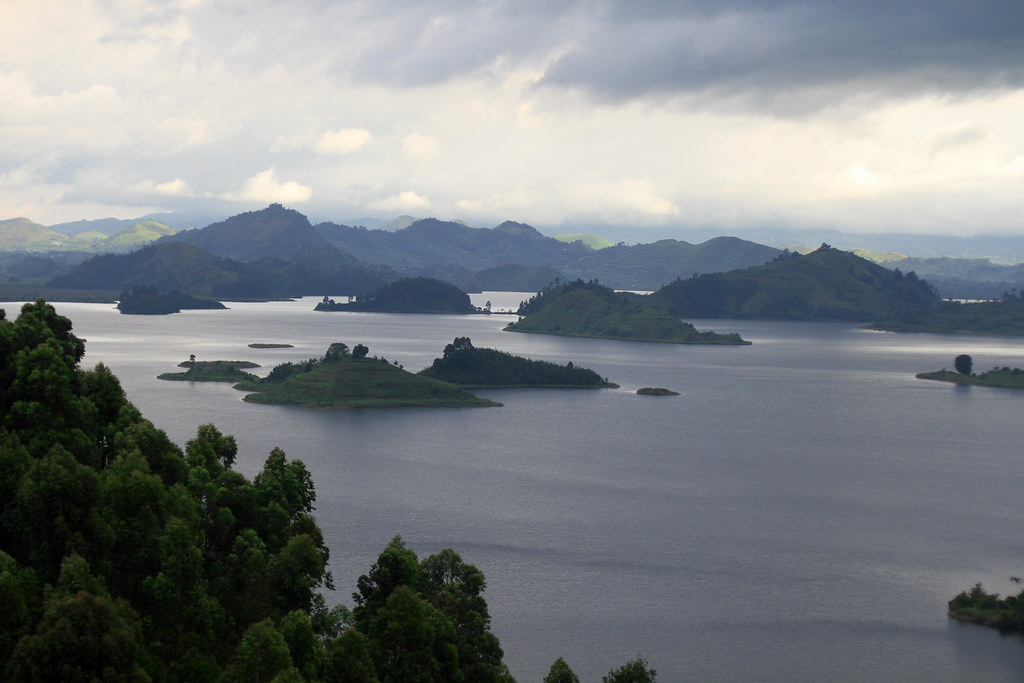Gorilla trekking is one of Uganda’s unique tourism activities. This is due to the fact that, mountain gorillas are some of the most sought-after creatures, fascinating primates that can only be found in three locations globally, to which Uganda is part. In Uganda, they live in the jungles of Bwindi Impenetrable Forest. Uganda’s mountain gorilla population is half of the total population of these creatures worldwide.
The Virunga region specifically refers to Uganda, Democratic Republic of the Congo, and Rwanda. Mountain gorillas are endangered and gladly, Uganda has expedited conservation activities to protect these primates. Mountain gorillas attain their name from living in the highland areas that are greatly mountainous. Bwindi has a portion of Virunga volcanoes on which mountain gorillas have survived for decades.
Mountain gorilla tourism is divided into majorly two activities i.e., habituation and trekking. Mountain gorilla trekking is the commonest, includes trekking and hiking the jungles of Bwindi in order to view mountain gorillas. Because of the activity’s uniqueness, tourists travel from all-over the world into Uganda to participate in mountain gorilla trekking.
To take part, tourists should have a trekking permit which can be acquired at the Uganda Wildlife Authority offices or through a registered tour agency. Mountain gorillas, like humans, live in family units. In Bwindi Impenetrable National Park, mountain gorilla families are scattered in the different sectors, these are Ruhija, Rushaga, Buhoma and Nkuringo sectors. Each sector is unique, and has distinct interesting features. Mountain gorilla trekking takes about 2-7 hours in the jungles while encountering these primates one-on-one. Visitors are escorted by rangers who ensure security and track the mountain gorillas.
Mountain Gorilla Habituation Experience
Mountain gorilla habituation is also an activity carried out and although similar to mountain gorilla trekking, it has a few differences that make the activity stand out. Mountain gorilla habituation simply means the process through which mountain gorillas are made human friendly. Since mountain gorillas are primarily accustomed to the wilderness, they can potentially be aggressive. Therefore, for purposes of tourism, some gorillas are habituated in order to provide a closer experience to the tourists without potential harm. There are currently 22 habituated gorilla families within Bwindi Impenetrable National Park available for tourism.
Nature walks
Bwindi Impenetrable National Park has established pathways from which tourists can have nature walks. These pathways are known as trails. The first major one is the Buhoma trail. This includes the Buhoma community walk which advances many interesting features such as getting close to the Batwa community and their homesteads. There’s also the Ivy River trail which takes about 6-7 hours while walking within the jungle.
Tourists get to spot wildlife animals such as duikers, different monkey species, and the mountain gorillas. It’s an interesting trail because of the scenery one gets as they ascend and descend from the small highlands within Bwindi Impenetrable National Park. There’s Munyaga river trail that gives the tourists an opportunity to spot the Munyaga River. At that point, the tourists are able to view the locals of the area washing clothes at the river’s banks. The other trails are Bamboo trail, Rushura hill trail, Waterfall trail, and Muzabajiro loop trail, all with unique features.
Batwa cultural tours
The Batwa tribe is one of the many tribes in Uganda. They are located in Western Uganda and can be found on the outskirts of Bwindi Impenetrable National Park. It’s part of the Bantu ethnicity that migrated from the Cameroonian highlands. They have always settled around the Rwenzori region in the highland areas, while a few have always dispersed to neighboring areas. Their culture is fascinating and there’s always much to learn about it.
They live in small clustered communities which makes their access simpler. The tourists get to learn about their historical origins, the herbs, their foods, folklore, language, traditions, music, and dances. The tourists that visit Bwindi Impenetrable National Park should be sure to explore the Batwa culture.
Best time / season to visit Bwindi Impenetrable National Park for gorilla trekking tours
The best time to visit Bwindi Impenetrable National Park has always been during the summer season. This season in the tropical region of Africa is known as dry season. The first dry season starts in July and ends in September.
Second dry season starts in December until February. These seasons have abundance of sunshine that’s important for mountain gorilla tours because they provide necessary visibility, easy treks and less interruptions.








